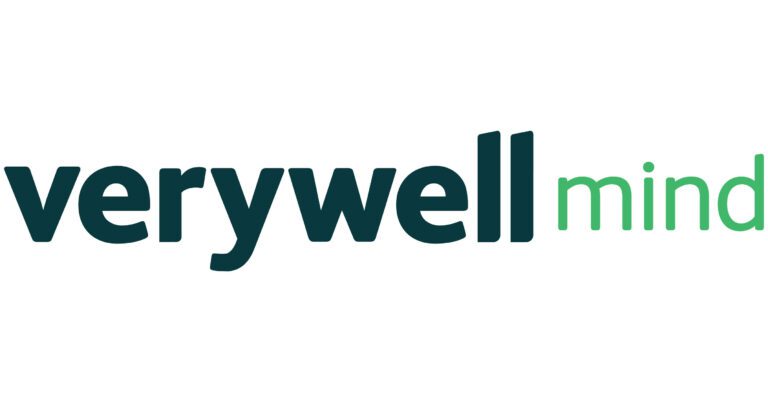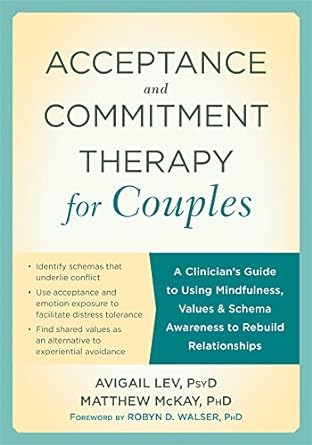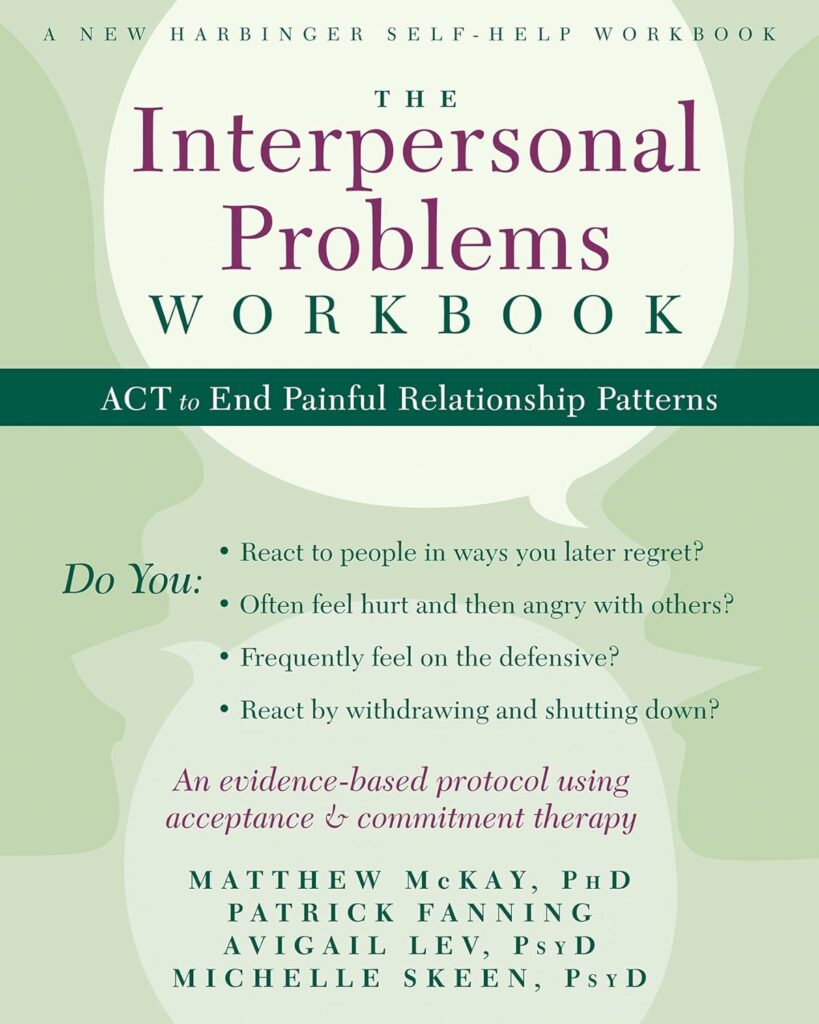You may have noticed that “mindfulness” and “self-compassion” have become popular phrases on magazine covers and in self-help books. Unfortunately, it’s also true that people sometimes refer to mindfulness, self-compassion, and acceptance as if they are synonyms for the same idea.
These three words actually represent distinct concepts, although they are interconnected. In short, mindfulness is a practice that gives us a starting point for acceptance, and self-compassion is like an advanced level of acceptance that gives us the space for a new way of being in the world and within ourselves.
Here is a simple guide to understanding the differences between these terms, as well as the ways that mindfulness and acceptance are important building blocks for self-compassion.
Mindfulness: Starting with where you are

We have to begin with cultivating mindfulness, which is about noticing what is occurring right now in this moment. Mindful awareness will always be the necessary starting point. It makes sense that we cannot accept something or be compassionate about it when we have not yet become aware of it.
Being mindful means making contact right now, in the present moment, with our own experience. This can include our thoughts, feelings, urges, and physical sensations. Our societal conditioning has led us to always be focused on the future (what will happen next) or the past (what has already happened). This can distract us so much that we are barely aware of how we are reacting to circumstances right now.
What mindfulness teaches us is that our sensations and inner experience exist only in the present. When we practice mindfulness, we create a habit of noticing our own experience from moment to moment. For example, noticing the physical sensations and thoughts that accompany an emotional trigger can help us to understand and change how we react to that trigger.
Acceptance: Letting go of the urge to resist

Acceptance is about willingness. Accepting our experience means dropping the struggle. Often it is our internal resistance to negative experiences that makes them so painful for us. When we use our mindfulness practice to observe our thoughts, feelings, and sensations without automatically reacting, we can then choose to accept the reality of what is happening without needing to control or change it.
This does not mean that we have relinquished responsibility for the situation, or that we are resigned to allowing these circumstances to remain unchanged. Acceptance just means that we are willing to engage with the reality of what is actually happening rather than pretending things are different or attempting to force an outcome. It’s about accepting what is out of our control and taking responsibility for what is in our control. It is about staying present and willing to have all of the experiences that are occurring in the moment.
You are probably familiar with the Serenity Prayer: “Grant me the serenity to accept the things I cannot change, the courage to change the things I can, and the wisdom to know the difference.” The most difficult part of that equation is knowing the difference between what we can and cannot change. The practice of mindful awareness and acceptance can help to get us to that point of discernment.
Mindfulness and acceptance are not passive

It would be easy to assume that mindfulness (noticing the present moment) and acceptance (letting go of resistance) require us to passively observe what is occurring without intervening in any way. However, these tools actually allow us to become active creators of our own circumstances.
Mindfulness is about observation, but it is also about action. Our values can guide our behavioral choices, helping us decide what actions to take in the moment. We refer to mindful and intentional actions as “values-based actions.” The human tendency is to revert to old coping behaviors that lead to self-fulfilling prophecies. These behaviors tend to be based on what has happened to us in the past, rather than what is actually happening right now in the present moment. Mindfulness practice helps us to break this cycle by taking action intentionally based on our experience in the moment.
In the same way, acceptance is not a passive state, but an active way of opening ourselves to reality. We use the phrase “radical acceptance,” first coined by Marcia Linehan (founder of Dialectical Behavior Therapy), to describe the complete and total acceptance of our experience with all its flaws and frustrations. When we are able to fully accept our experience in this way, we are able to learn how to replace unhelpful behaviors with values-based actions.
The next step beyond acceptance: Self-compassion

Self-compassion takes acceptance one step further—not only accepting our internal experiences as they are, but also sending them loving kindness.
Dr. Kristin Neff outlines three aspects of self-compassion on her website, self-compassion.org:
1. Self-Kindness Vs. Self-Judgment
Instead of ignoring experiences that are painful or uncomfortable, or criticizing ourselves for handling a situation badly, we can choose to hold those experiences gently and with warmth and compassion.
2. Common Humanity Vs. Isolation
Self-compassion requires us to understand that there is nothing unique or special about suffering, which is an experienced shared by all humans. It can be freeing to remember that no matter what we experience, we are not alone in feeling that way.
3. Mindfulness Vs. Over-Identification.
We must be able to find a balance between acknowledging the particular sensations of our experience without being overwhelmed by what is happening.
Integrating mindfulness, acceptance, and self-compassion
As you can see, there is more to mindfulness and self-compassion than is commonly implied. But it’s good news that these tools are interconnected, because mindful awareness plus acceptance can lead you to a place where self-compassion is possible—creating a more sustainable way to be and act. Therapists who are trained in mindfulness can guide you through this growth and transformation process.
At the Bay Area CBT Center, we offer individualized therapy that provides the tools you need to reach your goals and be more fulfilled. To learn more about how we can help, you can click here to book an appointment online. We have office locations in both San Francisco and Oakland.









































